About University
35Hakim Sabzevari University (HSU) is one of the developing public universities in the North-East of Iran. Hakim Sabzevari University is the prestigious university with high potential of progress in international cooperation.
HSU was established in 1973 which was named Kar University then. After Iran’s revolution in 1979, this university was brought to a halt until 1987. It was reestablished in 1987 as a branch of Tarbiat Moallem University of Tehran but later became independent and it was renamed Hakim Sabzevari University in 2011.
HSU offers 135 bachelors, masters, and Ph.D. programs with more than 8000 students and 800 international students. This educational system provides 270 full time faculty members and 30 adjunct international professors in 11 departments.
Based on the results of 2025 Times Higher Education World University Rankings, HSU has been ranked between 1001-1200 among the best global universities, and 636th in the Green Metric World University Rankings 2024.
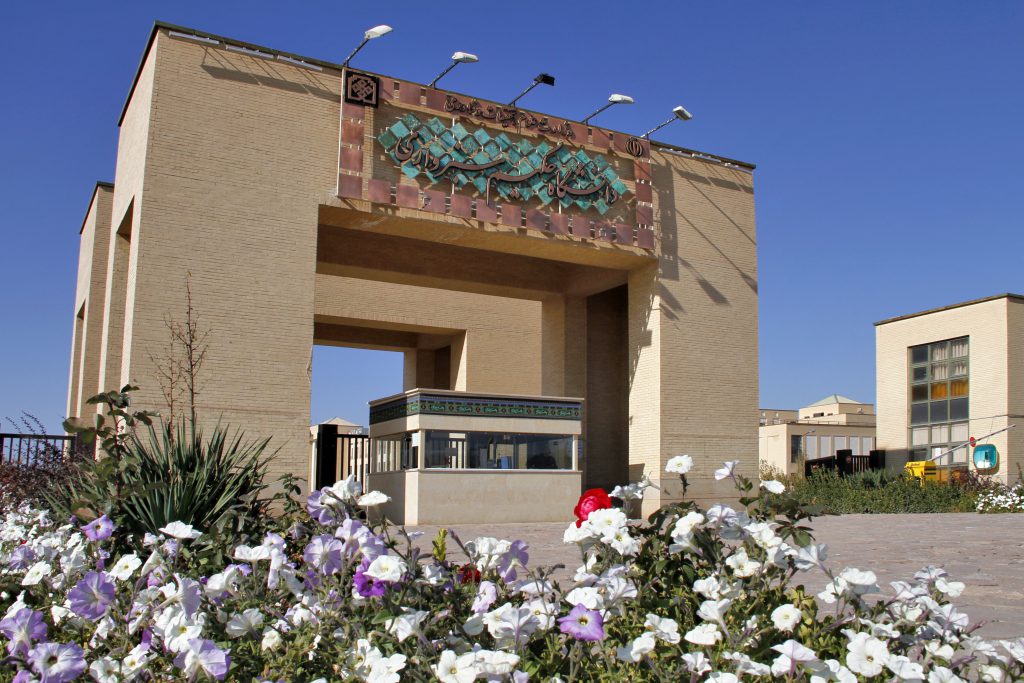
President
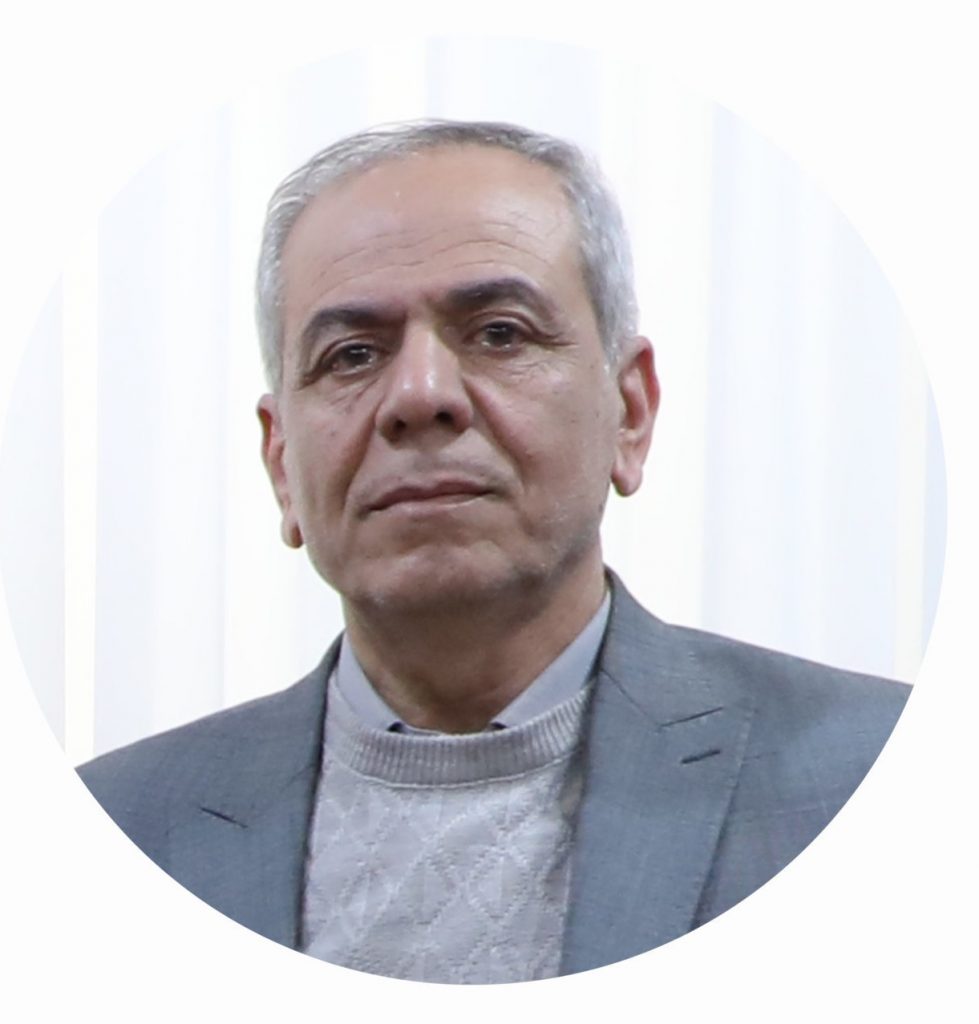
Dr. Ali Tasnimi is an associate professor and faculty member in the Department of Persian Language and Literature at Hakim Sabzevari University. He has been serving as the eleventh president of the university since February 2025.
Dr. Ali Tasnimi was born on January 23, 1963. He received his Ph.D. in Persian Language and Literature from Kharazmi University in 2007. He completed his Bachelor’s degree at the University of Sistan and Baluchestan in 1987 and his Master’s degree at Tarbiat Modares University in 1994.
Research Activities:
He has published over 30 scholarly research articles in reputable national and international journals.
His research contributions also include the edition, and publication of three books in the field of Persian Language.
Executive Activities at Hakim Sabzevari University:
* Director of Administrative Affairs (2 years)
* Director of Student Affairs (2 years)
* Dean of the Faculty of Literature and Humanities (2 years)
* Vice President for Student and Cultural Affairs (4 years)
* Director of the Central Library (8 years)
* Director of the President’s Office (4 years)
International Relations

We have a wide range of collaboration, but our cooperation with the following universities is in the form of a Memorandum of Understanding.
- University of Malakand, Pakistan in 2013.
- Paris 13 University, France in 2015.
- University of Turin, Italy in 2016 and 2020.
- University of Lyon, France in 2016.
- Insa Lyon, France in 2016.
- Herat University, Afghanistan in 2017.
- German Academic Exchange Service, Germany in 2017.
- Moscow State University, Russia in 2019.
- Salahaddin University, Iraq in 2019.
- Tishk (Ishik) International University, Iraq in 2019.
- Laghman University, Afghanistan in 2019.
- Sayed Jamaluddin Afghani University, Afghanistan in 2019.
- University of Sassari, Italy in 2021.
- ITMO University, Russia in 2023.
- University of Education, Pakistan in 2023.
- Allama Iqbal Open University, Pakistan in 2023.
- Panjab University, Pakistan in 2023.
- Quaid-i-Azam University, Pakistan in 2023.
- Alisher Navoi International Public Foundation, Uzbekistan in 2023.
- University of Dresden, Germany ( Erasmus+ Program) in 2024.
- Al-Zahraa University, Iraq in 2024.
- Sultan Maulana Hasanuddin Banten State Islamic University, Indonesia in 2024.
- Brawijaya University, Indonesia in 2024.
- Sunan Gunung Djati State Islamic University Bandung, Indonesia in 2024.
- GCU University, Pakistan in 2024.
- Sardar Bahadur Khan Women s University, Pakistan in 2024.
- Indus University, Pakistan in 2024.
- University of Home Economics Lahore, Pakistan in 2024.
- Kohsar University Murree, Pakistan in 2024.
- Kut University College, Iraq in 2025.
- University of Kufa, Iraq in 2025.
- University of Al-Qadisiyah, Iraq in 2025.
- University of Sumer, Iraq in 2025.
- University of Al-Hamdaniya, Iraq in 2025.
- University of Hilla, Iraq in 2025.
- Southern Technical University, Iraq in 2025.
- University of Diyala, Iraq in 2025.
- University of Karbala, Iraq in 2025.
- University of Al-Iraqia, Iraq in 2025.
- Al-Qasim Green University, Iraq in 2025.
- University of Polytechnic, Italy in 2025.
- University of Management and Technology, Pakistan in 2025.
International Rankings
Times Higher Education World University Rankings 2025:
– 601-800th in the two areas (Engineering & Technology and Physical Sciences)
– 1001-1200th among the best global universities
UI Green Metric World University Rankings 2024:
– 636th among the global universities
– 13th among the Iranian universities
Amenities

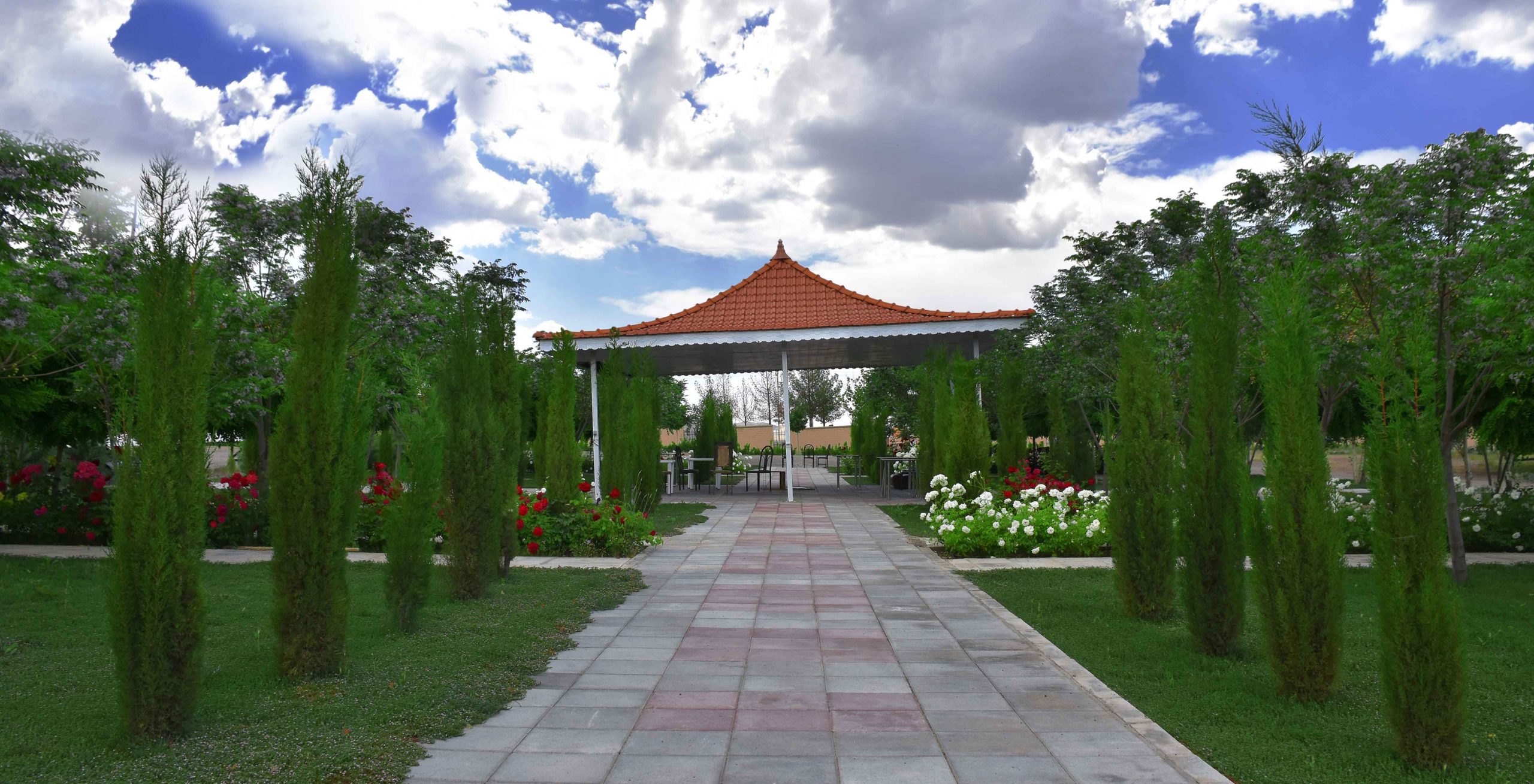
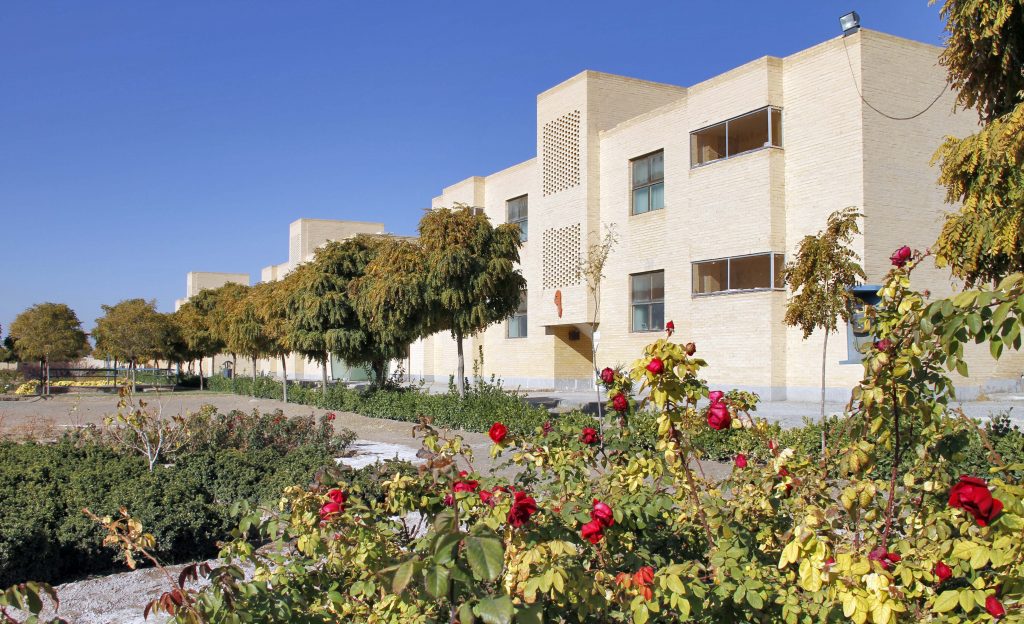
HSU has seven dormitories and guesthouses inside the campus each offering a safe and friendly place to live. There are also dormitories, and hotels outside the campus. Students can also take advantages of our meal plan in dining rooms or self- catered accommodation.

Sport facilities such as swimming pool, halls for bodybuilding, volleyball, basketball, table tennis, futsal, etc, make a vibrant place to spend the time.
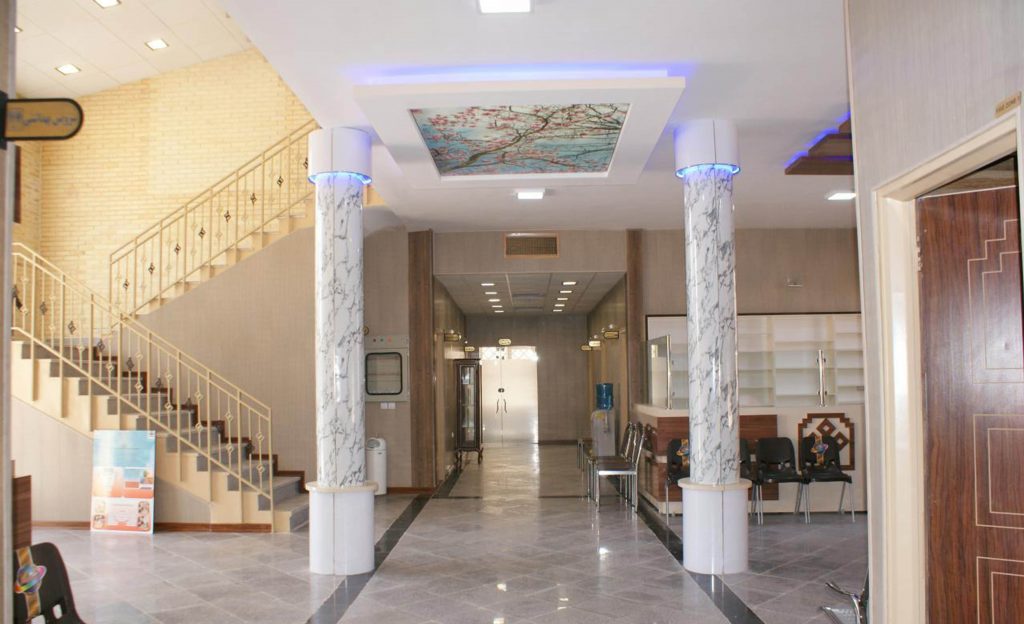
University health center and council center provide low-cost, primary medical care for students. These centers provide healthy and wellness education to the campus community.

There are several shops at Hakim Sabzevari University located at the heart of the campus. Students will find some bookshop, cafeteria, restaurant, post office and other essentials which are readily available on the campus.
Sabzevar at a Glance

Sabzevar, previously known as Beyhagh, is the city which is located on the sabzevar plain in the west of Khorasan Razavi province in the north-east of Iran.
The Archeological hills around Sabzevar date back to 6,000 years ago. This evidence of living made it one of the Iranian ancient cities. The city offers a wealth of historic attractions, and a variety of cultural activities such as the fire-temple Azarbarzin as one of the most prominent attraction.
Sabzevar has been a major settlement in this region that has exerted a considerable impact upon the arts, commerce, education, finance, healthcare, research, development, and transportation. The city has played a significant role in the development of the civilization of eastern area of Iran. Sabzevar grew as a major trading center and at present, trading has become an important element of the economy. Sabzevar was the capital of a Local government named Sarbedaran at 14th century. The Sarbedaran state was the first Shia government in Iran. Its estimated mid-2016 population was roughly 250000.
Sabzevar is well served by roads, railways and an airline. Public transport within the city is largely done by city buses.





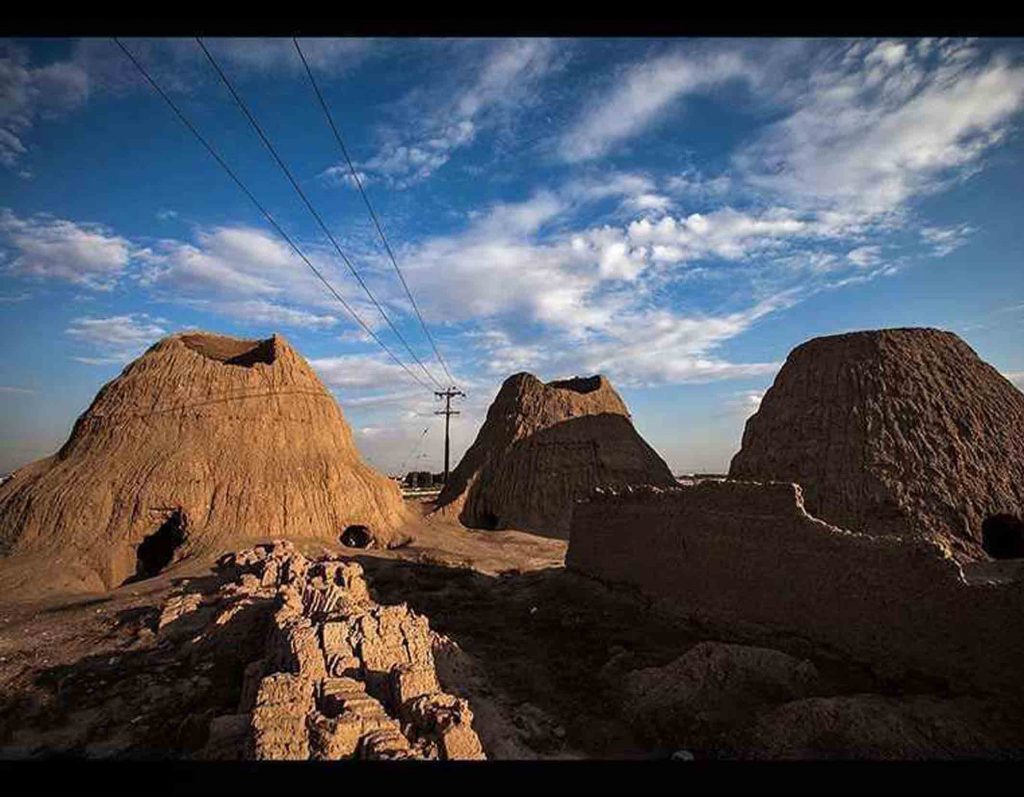
Hakim Sabzevari; A great philosopher
Hajj Molla Hadi Sabzavari (1797–1873) was a famous Iranian philosopher, mystic theologian and poet. Molla Hadi lived in Qajar period. According to his description, this period was along with descend of Hikmah; he also complaint of his period for the sake of lacking knowledge and philosophy. This kind of entrance to subject, was common among Islamic philosophers. There was an intellectual and spiritual turmoil in Qajar period. In fact in this period, Iranian encountered with new European thought and revival of traditional thinking; also in this period we can see the diverse divisions in beliefs like Bahaei, Babi, shaykhi and at the same time weakness and disappearance of Shiite. Molla Hadi counted as one of the four prominent masters of Tehran philosophical school. He was along with Aqa ‘Ali Mudarris, Aqa Muhammad Riza Qumshihi, Mirza Abul Hasan Jelveh.

Life
He was born in Sabzevar, Iran to a family of land-owning merchants. His formal education started as a young age under his cousin, Molla Hosayn Sabzavari and he wrote a small treatise at the age of seven. His father died when he was seven or eight years old and his uncle Molla Ḥosayn Sabzavari, became his caretaker. When he reached the age of ten, he was taken by his cousin to Mashhad. There, he resided in the Hajj Hasan madrasa near the mausoleum of Imam Reza, where he studied Arabic, Islamic Jurisprudence, logic, and the principles of religion and law with Molla Hosay for a period of ten years. When he turned twenty, he returned to his hometown of Sabzavar. From there, he prepared his plans for the Hajj and set out in the direction of Isfahan. During this period, Isfahan was an important intellectual center of Iran, where philosophy and intellectual mysticism (‘Erfan) flourished.
Among the important masters of these tradition at the time, the names of Mollā ʿAli Nuri (died 1830–31) and Mollā Esmāʿil Eṣfahāni, a student of Nuri, were prominent. They taught Islamic philosophy, mostly of Sadr al-Din Shirazi and his school. He remained in Isfahan for around eight or nine years, where he studied under these two undisputed masters of Mulla Sadra’s school of philosophy. He concentrated on the main works of Mulla Sadra, such as the Asfarand Al-Shawahed al-Robubiya.[2] Simultaneously, he also studied Islamic jurisprudence with Aqa Mohammad ‘Ali Najafi, one of the major Shia scholars of Isfahan.[2] In Isfahan, Sabzevari lived a life of pietry despite having received a substantial inheritance.[2] According to the orientalist Edward Browne, “he used to take pains to discover which of the students stood most in need of pecuniary help, and would then secretly place sums of money in their room during their absence, without leaving any clue that would lead to the identification of the donor. In this way he is said to have expended no less than 100,000 tumáns (about 30,000 Pounds Sterling), while he was in Isfahan, leaving himself only so much as he deemed necessary for his own maintenance”.
In In 1826–27, Sabzavari returned to Mashhad. There he began to teach in the Hājj Hasan madrasa although the scholars in Mashhad did not have the same interest in philosophy as Isfahan. The atmosphere of Mashhad was not as open as Isfahan for the pursuit of intellectual sciences. However, he continued to teach both the transmitted science as well as the intellectual sciences. He thought the intellectual sciences based on his work al-Manzuma, which he must have composed inIsfahan. His commentary on this important work of his however was completed in 1845. In 1831–32, he set out for Sabzavar where he made preparation for the Hajj. He left for Mecca in 1832–33 where he performed the rites of the pilgrimage. He returned to Iran in 1834–35 during the interval of the death of Fath Ali Shah Qajar. During this period of anarchy, traveling within Iran had become dangerous. Having lost his wife in Hajj, he settled in Kerman while waiting for calmer conditions to return to Khorasan. During the year he spent in Kerman, he was enganged in asceticism while agreeing to sweep the religious school for its keeper who provided him a room to live in. He married the keeper’s daughter that year who was later to accompany him to Sabzavar. At this time, no one knew his real identity and degree of knowledge.
In 1836–37, Sabzavari set to Sabzavar and established a center for the study of Islamic philosophy and gnosis. The school he established rivaled with the schools of  Tehran and Isfahan due to his personality. For a period of 10 months, he also thought in Mashhad. However, the rest of time was spent in Sabzevar where he made the Fasihiya school the center of teaching. This school became known as Madrasa-ye Ḥāji, where part of it still survives till this day. Scholars and students began to flock from all over Persia, Iraq, Turkey, Caucasus, India and even Tibet. His name became widespread all over Iran so much so that in 1857–58, when Naser al-Din Shah Qajar made a pilgrimage to Mashhad, he stopped in Sabzavar and paid a visit to hakim Sabzavari. The Qajar King became very impressed by the philosopher and asked his royal photographer Aqa Reza ‘Akkas-Bashi to photograph the hakim. The picture, which is widely available, is the oldest picture of an Islamic philosopher. The Qajar king also requested from him a book in Persian containing the complete theory and cycle of traditional philosophy. Sabzavari obliged and composed the two Persian books: the Asrāral-hekam, which he dedicated to Naser al-Din Shah and also another book titled Hedāyat al-ṭālebin. Sabzavari died suddenly in 1872, probably as a result of heart failure. The date of his death is recorded in several chronographs, including the numerical value of the couplet ka namord zendatar shod (“He did not die but became more alive after his passing”) which was composed by one of his students.
Tehran and Isfahan due to his personality. For a period of 10 months, he also thought in Mashhad. However, the rest of time was spent in Sabzevar where he made the Fasihiya school the center of teaching. This school became known as Madrasa-ye Ḥāji, where part of it still survives till this day. Scholars and students began to flock from all over Persia, Iraq, Turkey, Caucasus, India and even Tibet. His name became widespread all over Iran so much so that in 1857–58, when Naser al-Din Shah Qajar made a pilgrimage to Mashhad, he stopped in Sabzavar and paid a visit to hakim Sabzavari. The Qajar King became very impressed by the philosopher and asked his royal photographer Aqa Reza ‘Akkas-Bashi to photograph the hakim. The picture, which is widely available, is the oldest picture of an Islamic philosopher. The Qajar king also requested from him a book in Persian containing the complete theory and cycle of traditional philosophy. Sabzavari obliged and composed the two Persian books: the Asrāral-hekam, which he dedicated to Naser al-Din Shah and also another book titled Hedāyat al-ṭālebin. Sabzavari died suddenly in 1872, probably as a result of heart failure. The date of his death is recorded in several chronographs, including the numerical value of the couplet ka namord zendatar shod (“He did not die but became more alive after his passing”) which was composed by one of his students.
Works
Sabzavari wrote some fifty-two works of prose and poetry in both Arabic and Persian.He wrote the Asrar al-hikmah (“The Secrets of Wisdom”), which, together with his Arabic treatise Sharh-i manzumah (“A Treatise on Logic in Verse”), remains a basic text for the study of hikmat doctrines in Iran. Not limited to philosophy, he also wrote poetry under the name of Asrar and completed a commentary on the Masnavi of Jalal ad-Din ar-Rumi, the great mystic poet of Islam.[1]
For philosophy in the reign of Nasir al-Din Shah Qajar (1848–1896), he was what Mulla Sadra had been in the reign of Shah Abbas I. He was also the faithful interpreter of Mulla Sadra and Transcendent Theosophy. He played a part in making Mulla Sadra the ‘master thinker’ of the Iranian philosophers. It could even be said that circumstances permitted him, to a greater extent than Mulla Sadra, to give free rein to his genius as a mystical theosopher, because there was greater freedom of self-expression during the Safavid epoch.
Books
Sabzevari wrote numerous works in Persian and Arabic. He wrote works dealing with an array of subjects from prosody to logic to theology. However, the majority of his works deal with philosophy and mysticism.
Šarh al-manẓuma, is a work in Arabic also known as Ḡorar al-farāed. It is one of his more notable books which was completed around 1845. Till this day, it is still thought in religious seminaries in Iran with numerous later commentaries. The work is a versified summary and commentary of the transcendence philosophy ofMulla Sadra.
Asrār al-hekam fi’l-moftatah wa’l-moḵtatam , Ta’liqat, Asrar ol-Ebadah, Aljabr wal ekhtiar, Osul ad-Din, Nebrās al-hodā, A poem cycle
